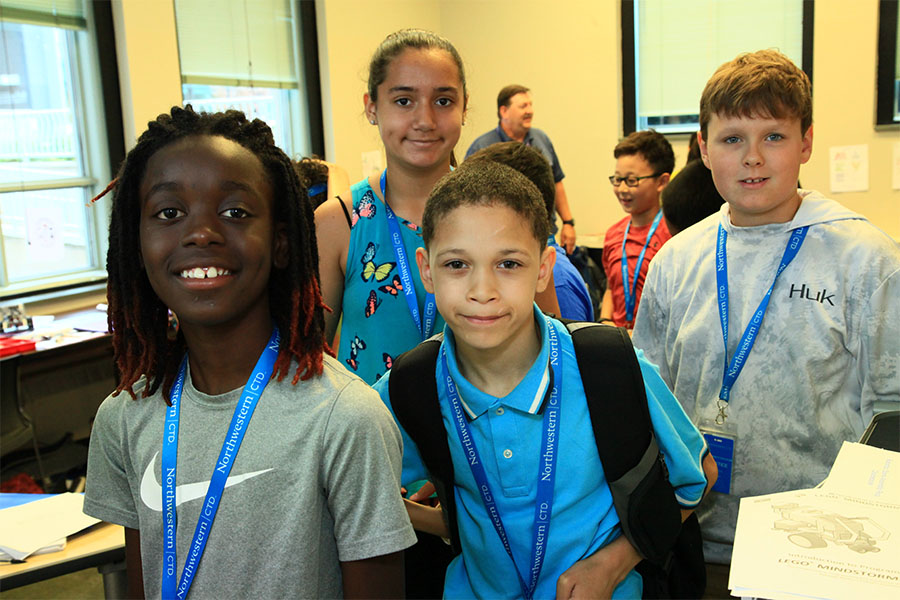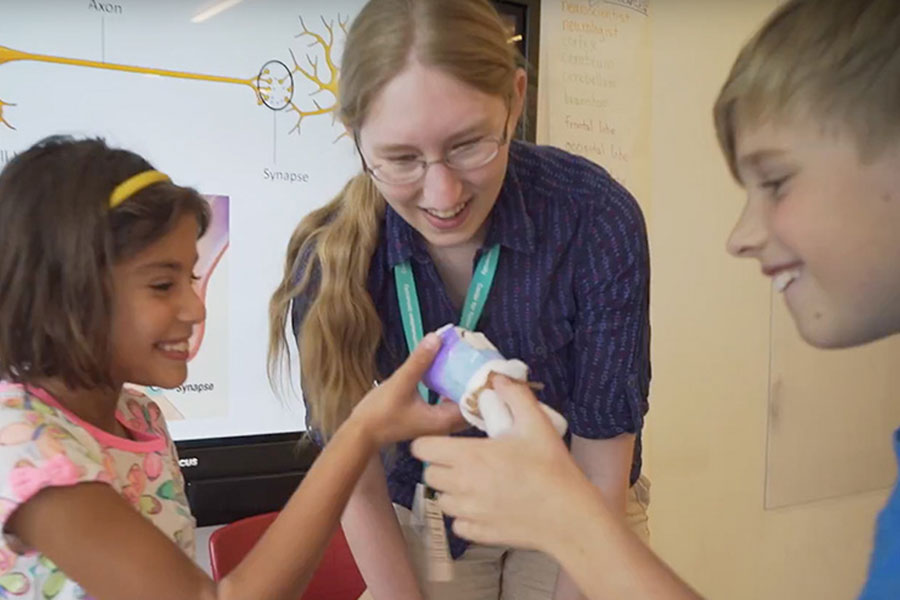By:
Tania Pachuta &
Amy Lindgren
Your task is to develop a plan to reintroduce the endangered Black Footed Ferret into the short grass prairie. Where do you start? What are the barriers and challenges to consider?
This Problem-Based Learning (PBL) scenario is one that educators explored during CTD’s recent Educator’s Conference with Shelagh Gallagher, PhD, noted gifted education consultant and expert in PBL. PBL is a teaching method that moves the teacher into a facilitator role, allowing students to engage actively in the learning process. Originally developed for use in medical school as a method for training new doctors, extensive research has shown that PBL methods increase achievement, productivity, and engagement among students more than didactic teaching methods.
By its design, PBL allows for natural and extensive differentiation, works well with Common Core, and can be used with a variety of subject areas from late elementary through high school, making it an excellent approach to use with gifted students.
Here’s how PBL works:
- Problem Engagement
“Hook” student interest using a short, authentic introduction activity. This activity defines the students as stakeholders, gives only a portion of the information needed to resolve the problem, and sets time parameters for the unit.
- Inquiry & Investigation
Students gather information necessary to define the problem. (For instance, did you know a Black Footed Ferret may eat more than 100 prairie dogs in one year—a potential barrier to reintroduction!) Instruction is embedded within activities where students are challenged to think critically about all possible questions surrounding the potential problem.
- Problem Definition
Using data from their inquiry process, students determine both the issue(s) and constraints influencing the outcome. The problem is structured using the formula
“How can we...in a way that…”
- Problem Resolution
Students determine the best model or solution to the problem using criteria-based decision making. Groups present their findings using a range of culminating activities, such as writing a newspaper editorial or building a model.
- Problem Debriefing
As a class, students review and reflect upon their work, as documented in their “Problem Log” (a portfolio/journal), assessing the success of their problem resolution as well as their collaboration efforts and skills.
If you are a teacher interested in incorporating PBL in your classroom, we recommend checking out
Gallagher's PBL resource books on the Royal Fireworks Press website.


Tania Pachuta and Amy Lindgren are both former classroom teachers and now assistant coordinators for CTD’s Saturday Enrichment Program. Their goal is to support teachers in their use of PBL at CTD, providing an exceptional learning experience for students and professional growth opportunities for educators.



